Why Accessiblity Is Everyone’s Business- How To Make Your Business Space Friendly to People of All Abilities

Wikipedia defines accessibility as:
“Accessibility in the sense considered here refers to the design of products, devices, services, vehicles, or environments so as to be usable by people with disabilities.[1] The concept of accessible design and practice of accessible development ensures both “direct access” (i.e. unassisted) and “indirect access” meaning compatibility with a person’s assistive technology[2] (for example, computer screen readers).
Accessibility can be viewed as the “ability to access” and benefit from some system or entity. The concept focuses on enabling access for people with disabilities, or enabling access through the use of assistive technology; however, research and development in accessibility brings benefits to everyone.[3][4][5][6][7]
Accessibility is strongly related to universal design which is the process of creating products that are usable by people with the widest possible range of abilities, operating within the widest possible range of situations.[9] This is about making things accessible to all people (whether they have a disability or not).”
The Accessible Canada Act (ACA) was passed in 2019 with the purpose of identifying, removing and preventing barriers to accessibility, especially for individuals with disabilities, in Canada on or before January 1, 2040.
ACA aims to ensure that accessibility standards are being met in the following areas:
- Employment
- The built environment
- Information and communication technologies
- Procurement of goods, services and facilities
- Design and delivery of program and services
- Transportation
Is your business ACA-ready?
Before we delve into how to make your establishment more accessible to people with disabilities, let’s first take a look at the facts and figures related to disability in Canada. This will give you a clearer idea on the number of individuals who can greatly benefit when you make your business more accessible to people of all abilities.
- More than 5.3 million or 16% of the population of Canada live with a form of disability. More than 200,000 are children and youth. (Source: Easter Seals)
- The presence of disabilities increase with age, with 47% for individuals aged 75 and above, compared with 13% for those between the ages of 15 to 24. (Source: Learning Disabilities Association of Canada)
- Not all kinds of disabilities are visible to the eye. The most common disabilities are related to: seeing, dexterity, flexibility, mobility, developmental, pain-related, hearing, learning, memory, and mental health.
Some individuals are affected by more than one kind of disability. (Source: Statistics Canada)
- 770,000 Canadians with disabilities identify themselves as housebound due to their condition. (Source: Statistics Canada)
- Disabilities and employment (figures here are based on individuals between the 25 to 64 working age group):
- There is great disparity in employment rates for Canadians with disabilities versus those without disabilities: Those with disabilities were less likely to be employed (59%) compared to those without disabilities (80%).
- Employment rate rapidly goes down as the level of severity increases: 76% of individuals with mild disabilities were employed, while it is only 31% for those with very severe disabilities.
(Source: Learning Disabilities Association of Canada)
- 18.2% of employed persons with disabilities said their condition made it challenging to change their current job or business due to difficulties in getting required support or accommodations.
- Almost 40,000 employed individuals with disabilities were discouraged from taking work-related training because the course was not adapted to their condition.
- 37.3% of employees with disabilities required at least one workplace modification or adaptation, to make the workplace more accessible to them.
- 24.7% of unemployed persons with disabilities who want to work found it difficult to find a job as they did not have the means of transportation necessary to get to work.
(Source: Statistics Canada)
- In 2017, 44.9% of persons with disabilities reported that they require at least one type of assistive device or accessibility feature within their home.
For persons with disabilities aged 65 and up, 55.3% of men and 69.6% of women use at least one type of assistive device in their home. (Source: Statistics Canada)
- In the public setting, the most common building modifications required were accessible classrooms (37.3%), accessible buildings (21.2%) and adaptable washroom facilities (18.9%).
The most commonly modified space features that were made available were accessible classrooms (50.5%), versus 25% for adaptable washrooms and 21.8% for accessible buildings. (Source: Statistics Canada)
- The most widely-used aids or accessibility features related to building modifications were bathroom aids, such as a raised toilet or grab bars (31.7%), walk-in baths or showers (16.9%), and access ramp or accessible entrance (12.4%).
However, more than one in 10 persons with disabilities said there were unmet needs in terms of assistive devices, the most common of which were walk-in bath or shower (29%) and bathroom aids (20.5%). (Source: Statistics Canada)


What are the barriers to accessibility?
The Government of Ontario identified five barriers to accessibility for people with disabilities:
- Attitudinal– these are the actions, behaviors and beliefs that discriminate against persons with disabilities, such as treating them like they are ‘different’ or ‘inferior’, stigmatising them, making them feel like you’re doing them a favor by accommodating their needs, etc.
- Organizational or systematic– policies or procedures that prevent certain people from participating, such as allowing only a certain way for transactions, queuing systems that make it difficult for people with mobility limitations, etc.
- Architectural or physical design– elements in the space that create barriers for people with disabilities. The most common complaints are: narrow stairs, doors and hallways (not accessible to someone in a wheelchair), inadequate lifts or escalators, lack of ramps, grab bars and handrails, parking issues, etc.
- Information or communication– this refers to the methods used to transmit (receiving and sending information), which might not take into consideration the needs of someone with sensory or learning disabilities. An example is a menu design that is hard for some to see and understand, requiring customers to order via verbal communication only, etc.
- Technology– technology is meant to make our lives easier, but sometimes, they can be an unintended barrier to accessibility, when people with certain disabilities are not able to use them or they cannot be integrated with assistive devices.
Why accessibility matters for your business
Anyone with disabilities or none require products and services, and these should be easy to get, with as few barriers as possible. Intentionally designing and modifying your work and business space to be accessible and friendly to everyone, regardless of abilities, means helping people get more out of life.
Whether accessibility standards are required by law or not, adapting your space for everyone’s needs creates a sense of caring, respect and goodwill within your community.
Are you worried about the monetary investments and possible downtime needed to modify your business space? The good news is, many of these aids and accessibility features are affordable and can be installed within a couple of hours.
In addition, many individuals, whether with disabilities or none, want to support establishments that are perceived to be more inclusive and socially-responsible- and this in turn can lead to more success for your business. According to a survey in the UK, 3 out of 4 persons with disabilities have said that they have left a shop or establishment due to accessibility issues.
Imagine what a lifetime of loyalty built on trust and meeting accessibility needs can bring to your business!
Make your business more accessible to everyone
Ready to convert your space? We share with you some best practices to make your business space more accessible and welcoming to everyone.
- Keep in mind that there are different types of disabilities and many of them may not be immediately visible.
The most obvious barriers that come to mind are the architectural / physical ones. However, with the different types of disabilities (seeing, dexterity, flexibility, mobility, developmental, pain-related, hearing, learning, memory, and mental health), there may be extra steps you need to take to ensure that everyone feels welcome inside your establishment.
Are your processes clear and easy to understand? Are there ways to know your pricing, apart from reading off a sign or list?
Is there anyone available to assist, in case anyone needs help? Are you being sensitive to all kinds of individuals?
We love Sephora’s idea with their color-coded shopping baskets. Shoppers can pick between one of two basket colors- with red baskets indicating, “I would like to be assisted”, and black means, “I would like to shop on my own”.
Though this looks quite simple and many interpret it as a way to differentiate introverts from extroverts, it goes beyond that — individuals who are struggling with anxiety or other mental health problems and would like to avoid interacting with other people can easily communicate their preference in a fun and non-judgemental way. On the other hand, those who need more assistance can get it, without the need to fight for the salesperson’s attention.

2. Train your employees on how to interact with people of all abilities
The number one barrier to accessibility is attitudinal- the actions, behaviors and perceptions that make people with disabilities feel directly or indirectly discriminated against. When people with disabilities enter a public space, how they are treated there may make a bigger impact compared to the actual physical accessibility modifications you have.
We believe that people are naturally kind and many don’t mean to deliberately discriminate against others- Most of the time, the problem may simply lie on the lack of employee training.
A well-meaning employee might think that talking more loudly and slowly will help a customer with hearing impairment understand him more- but the engagement might be interpreted negatively by the customer with the disability, as he does not want to be treated ‘differently’ or ‘shouted at’.
The National League for Nursing recommends the following in communicating with all persons with disabilities:
- Talk in the same way and with a normal tone of voice- talk to them as adults.
- Do not ignore or avoid them by choosing to direct your attention to their companion only.
- Practice “Approach, Ask, Assist”- do not automatically assume that the person with disability needs help. More importantly, do not suddenly grab the person’s arm, shoulders or wheelchair to assist, without checking with him first.
- Use “people-first language”- always use the term “a person with a disability” rather than “disabled person” or “the disabled”. Use “person with vision impairment / loss”, rather than “blind person”.
- Use effective communication strategies, such as making proper eye contact, sitting or standing at eye level, being clear with your words and making use of appropriate body language.
(Check out the National League of Nursing’s comprehensive list of recommendations in communicating with persons with different kinds of disabilities)
Training one of your employees in sign language or Braille communicates even further that everyone will get the wonderful service that they deserve in your establishment.
For a truly accessible and inclusive environment, train your employees on how to properly interact and serve persons of all ages and abilities.
3. Create a good first impression: accessible parking and entrance.
Depending on the size of your business, have at least one parking space reserved for persons with disabilities (preferably the one nearest your entrance, or one with bigger space for someone with a mobility device such as a wheelchair). In case parking slots are limited, you can allow persons without disabilities to use them, but communicate clearly that those with disabilities will get priority parking.
With the use of your website or social media channels, you can encourage persons with disabilities to call ahead to reserve for parking, to make it more convenient for them.
Most persons with disabilities will end up turning away, if your doorway is not accessible, such as if the entryway is too narrow or there are steps leading up to your front door.
Here are ways on how to make your entrance accessible:
- Install ramps, which makes your entrance a lot friendlier not just to people with disabilities, but also to parents with children in strollers, or travelers with luggages. Modular ramps are good options, as they are easy to install and can match your size requirement.
- The width of the door must be at least 32” or wide enough for wheelchair users to get through.
- The opening force of the door should be max 5 lbs., while the closing speed should be a minimum of 5 seconds. If your door is too heavy and difficult to open for people with disabilities, consider leaving it open during business hours.
- Provide signages on which way the door turns, so people would know whether to push or pull.
- Make sure that your entrance is well-lighted, and make sure to turn the lights on, as soon as it gets dark.
4. Ensure there is enough space for everyone to move around. Remove obstructions.
Inside your establishment, you should have enough space for individuals with mobility devices or vision impairment to comfortably move around. One easy way to do this is to remove any clutter or obstructions that might be standing on the way, such as displays in the middle of the aisle, tables and furniture that are obstructing the smooth flow of traffic, or anything else that may be a tripping / accident hazard.
In case space is limited, you can put directional signages, so that people move in one direction. Avoid sharp edges or cover them with foam or seal strips to avoid possible injury to your customers.
For reference on wheelchair turn radiuses, please check below:
- ADA requirement is a ‘circular space’ with a minimum of 60 inches diameter for a wheelchair to make a 180-degree or 360-degree turn.
- In case this is not possible, a T-shaped turning space is also allowed: This should have a 3-point turn with a minimum of 60-inch square with arms and a 36-inch wide base.
- A portion of the ‘circular space’ or T-shaped turning space may be located under countertops, shelves, lavatories or other accessories, and required knee and toe clearance must be indicated.

5. Create an accessible washroom.
In many establishments, washrooms are placed at the end of a narrow corridor that is not accessible to people with mobility challenges.
The same rules for the main entrance apply to the restroom entrance:
- Place a ramp, where necessary
- The door should be wide enough to accommodate wheelchair users
- Adults of any ability must be able to swing open the door with the use of just one hand
- Door closing speed must be a minimum of 5 seconds
- The entrance to and the actual restroom must be well-lighted and spacious
Grab bars are a necessity for an accessible restroom. In a standard toilet stall, 36-inch or 42-inch grab bars must be installed on both sides of the stall side wall, and another one on the back wall.
The grab bars should be placed parallel to the floor and should be between 33 to 36 inches from the ground.
Ideally, the door to the toilet stall should swing out, instead of in, to provide more space for the user.
If possible, have a separate restroom for individuals with disabilities and apart from grab bars, a low sink and an emergency call button are also well-appreciated additions to an accessible washroom.
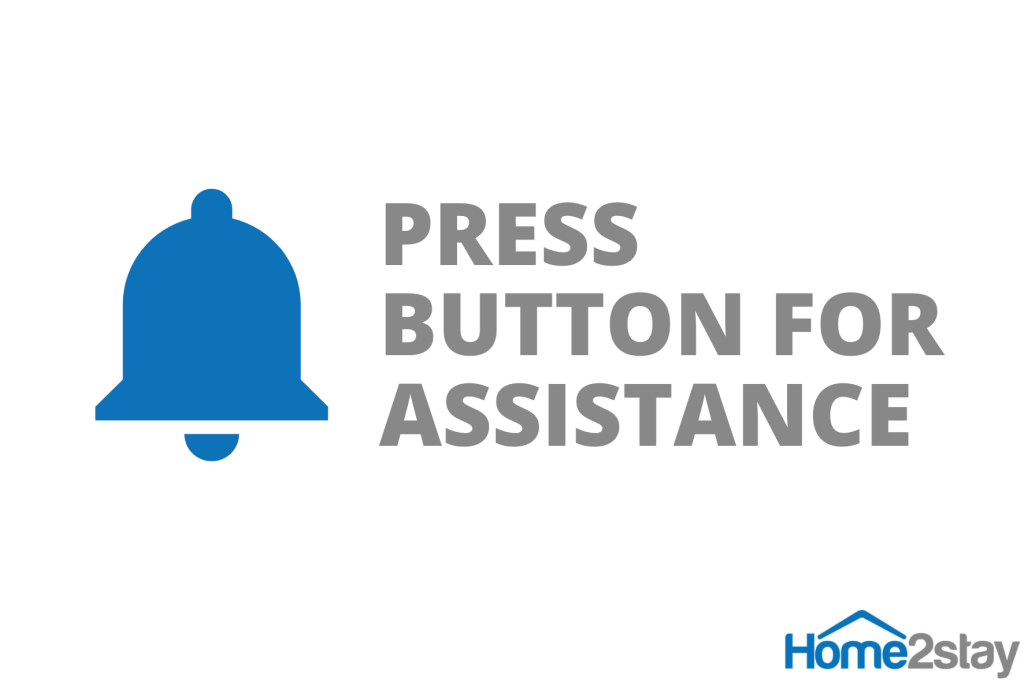
6. Make sure that price lists and menus can be read and understood by everyone.
For signages that are placed around your establishment, make them easy to read to accommodate individuals with vision impairment.
Consider these tips:
- Use a minimum of 72-point sans-serif font (Verdana or Arial) with good contrast against a clean background.
- Include pictures on your catalogue or menus- so people can easily understand and communicate what they would like to get.
- Have Braille on your catalogue, signages, menus and business cards.
7. Offer flexibility in ordering and payment methods.
Generally, almost all of your customers will need to go to your reception area, checkout or cashier counter, to place their orders and to pay. This is where communication takes place, and making this area especially welcoming, flexible and adaptable should be one of your priorities for your establishment.
Here are some options to make your point-of-sale counter friendlier and more adaptable:
- Check the height of your countertops- can you mix them up with low and high counters? Low counters would be very helpful for individuals using wheelchairs or simply those who are not tall enough.
- A mobile debit card / credit card machine or one with an extendable cord ensures a more convenient way of paying for all. A machine that has Braille on the keypad is also good for those with vision loss.
- For those with hearing impairment, a hearing loop or audio induction loop which provides a magnetic, wireless signal can help them hear better via their hearing aid. The use of visuals is especially important to communicate with individuals with hearing loss.
If you have an employee who knows sign language, the point-of-sale counter is the best place to assign him / her, to make everyone feel more welcome.
8. Mix up the furniture.
Provide a variety of tables and chairs of different heights to accommodate people of different abilities. Also make sure that chairs are easy to move around, in case you need to create space for wheelchair users.
9. Have good lighting.
Ambient lighting may be good in setting a romantic and fancy mood- However, this type of lighting may not be ideal for those with vision impairments and mobility problems. Dim light will also make communication via sign language and looking at signages and visuals more difficult.
To calculate how much light a space needs, check out this page.
10. Adjust the noise level.
Background music is part of the customer experience in your establishment- It can even help build brand identity and make your business more memorable to others.
However, to make sure that your background music will not hinder communication, especially for those with hearing problems, the recommended volume level is between -18dBs and -20dBs lower than the main dialogue.
Keep in mind that loud music can also cause great distress to those dealing with certain anxiety disorders.
In case you have a TV screen or monitor in your establishment, use closed captioning so you can keep the volume level down, and also for the benefit of individuals with hearing impairment.


Bonus tip: Put up signages and let people know that your establishment is a safe and accessible space for all!
You have put a lot of heart and effort to turn your space into an accessible and inclusive environment. Now, it’s time to let people know that your business is accommodating to everyone, regardless of ability.
Put up signages to guide people to your accessible entrance, priority parking, adaptable restroom, accessible service counters, etc. You may also put visuals on the outside of the store, to communicate about the accessibility features that you have in place.
Let people know about your accessibility solutions via your social media pages, to keep your establishment top of mind for individuals with disabilities or people who have family members and loved ones with disabilities.
Addressing accessibility needs builds trust and credibility with your customers and community organically. Be known as a brand who cares- No amount of creative marketing equals the goodwill that this can bring into your business.
Accessibility matters to everyone- not just to persons with disabilities. Be part of the solution and let’s create a more inclusive community!

Home2stay can help you make your business space safer and more accessible. Set up a consultation schedule with us and let’s build a friendlier and more inclusive community!
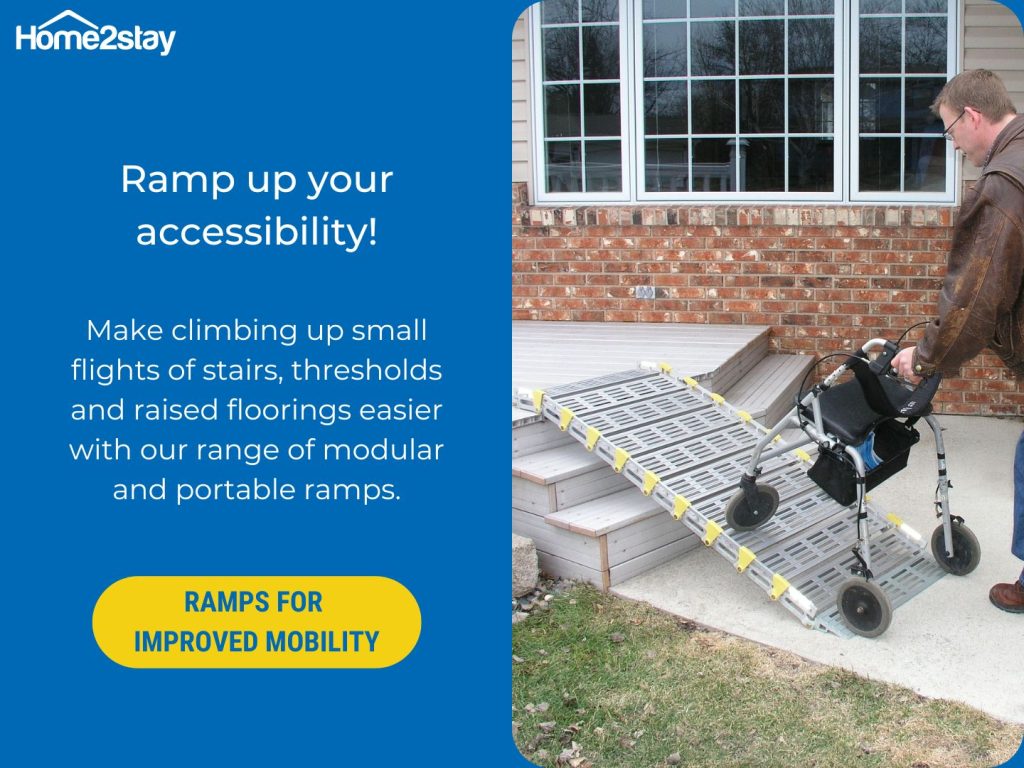
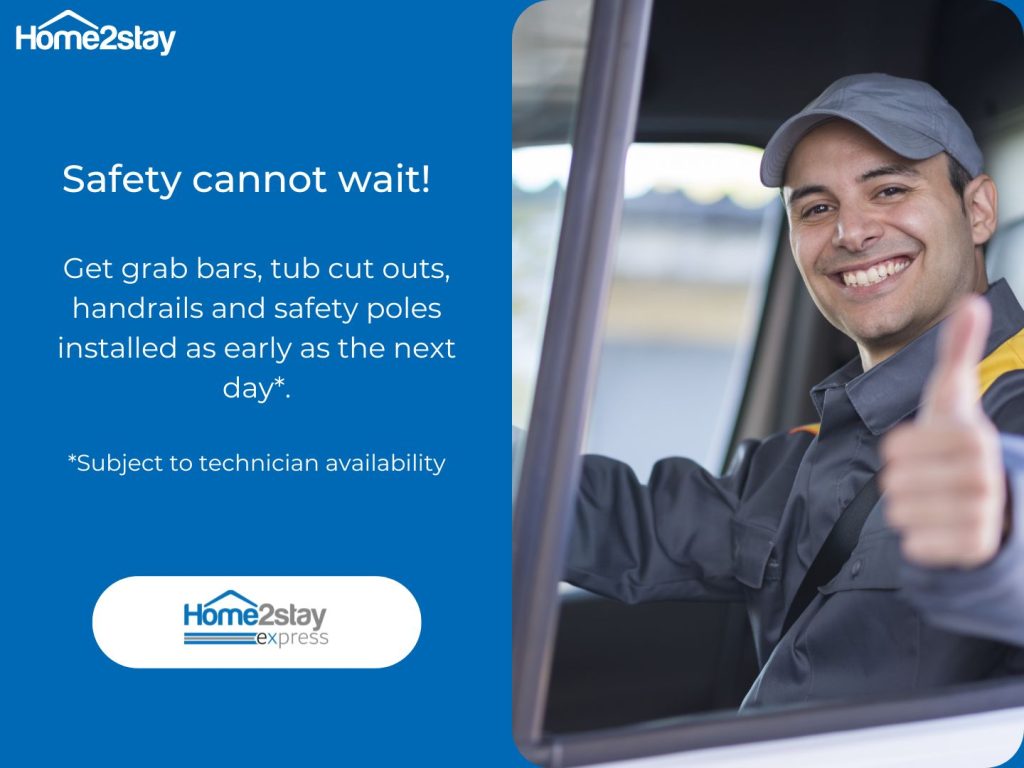
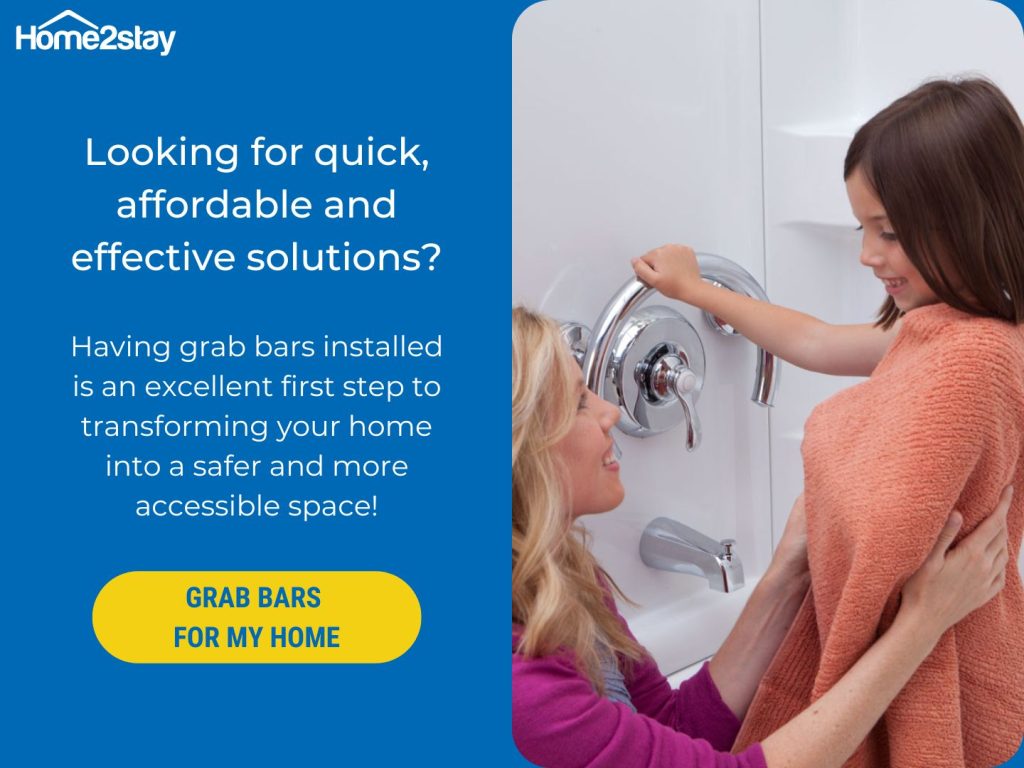
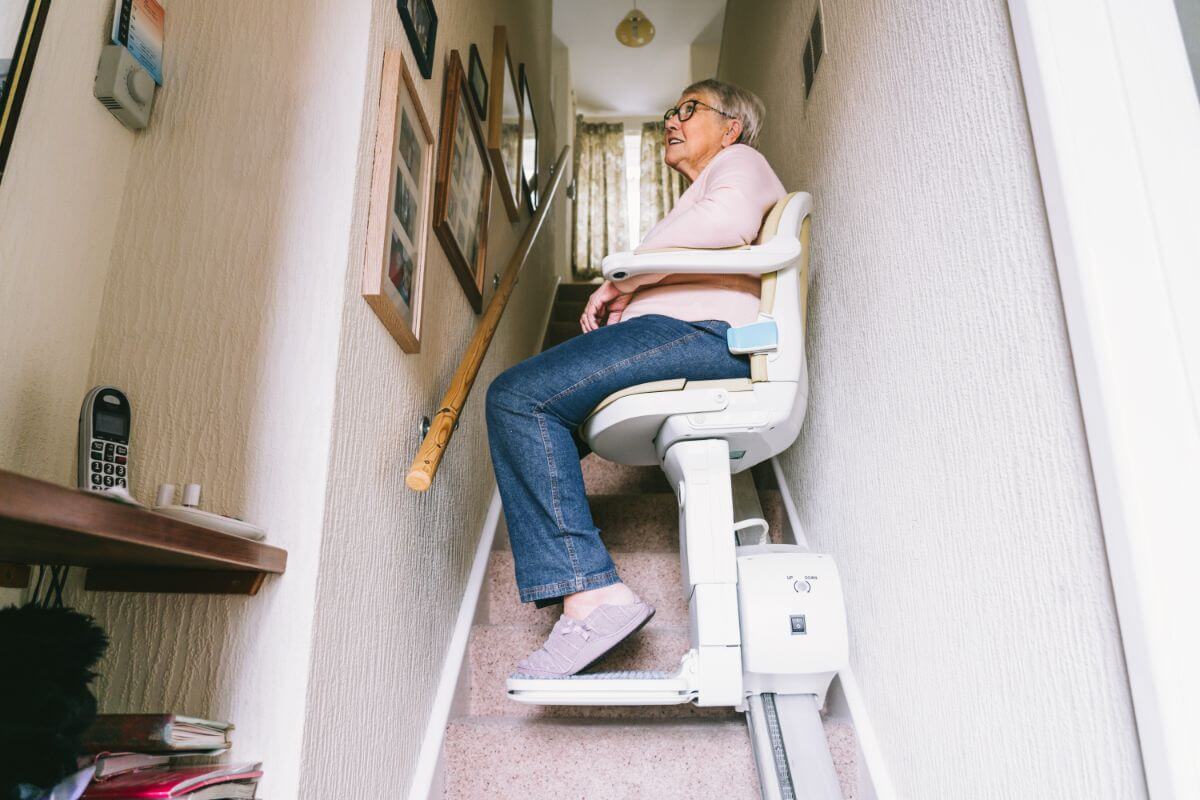

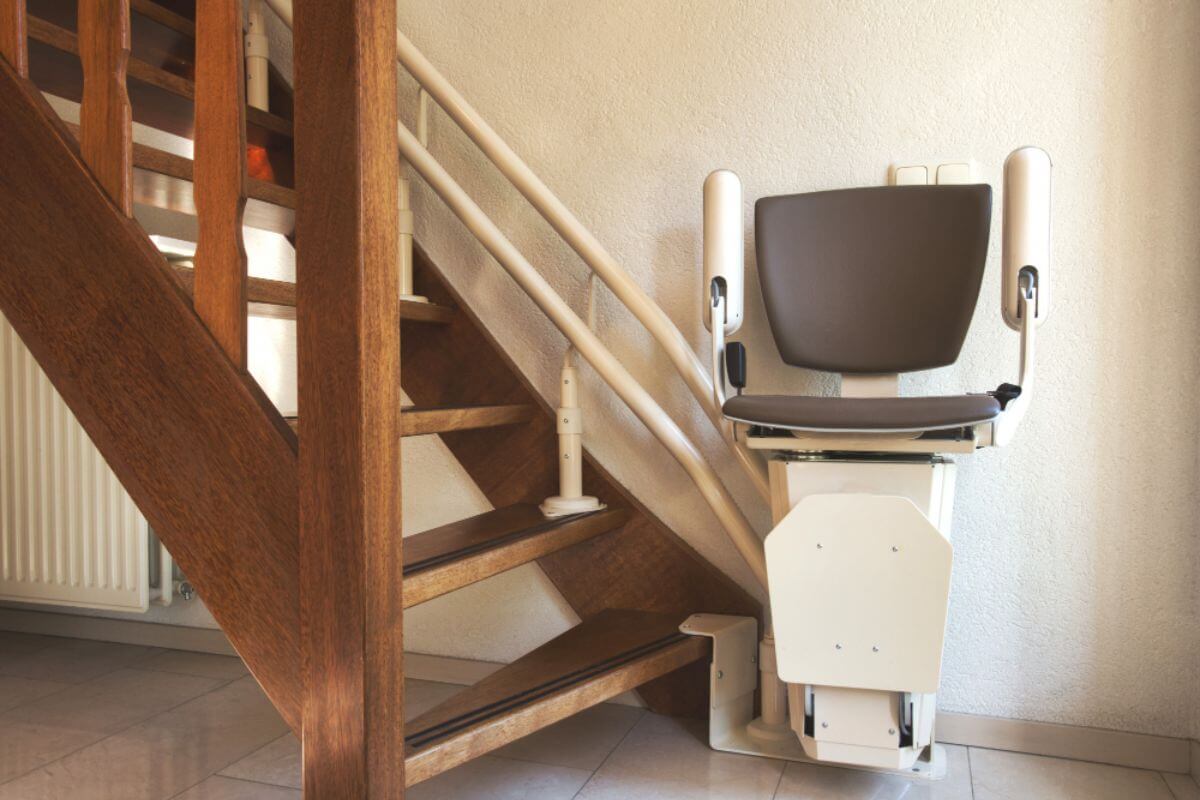
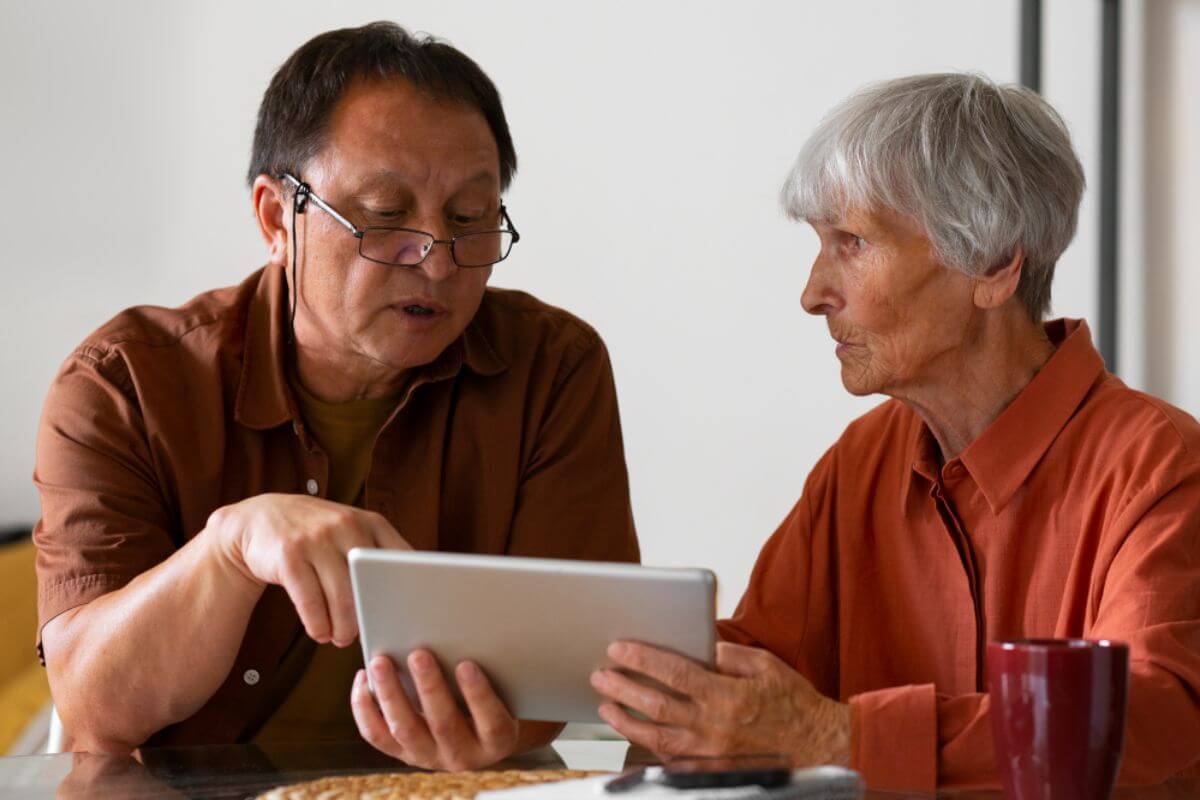
Leave a Comment
We'd Love to Hear Your Thoughts Got something to say? We're all ears! Leave your comments below and let us know what you think. Your feedback helps us improve and serve you better. Can't wait to hear from you!